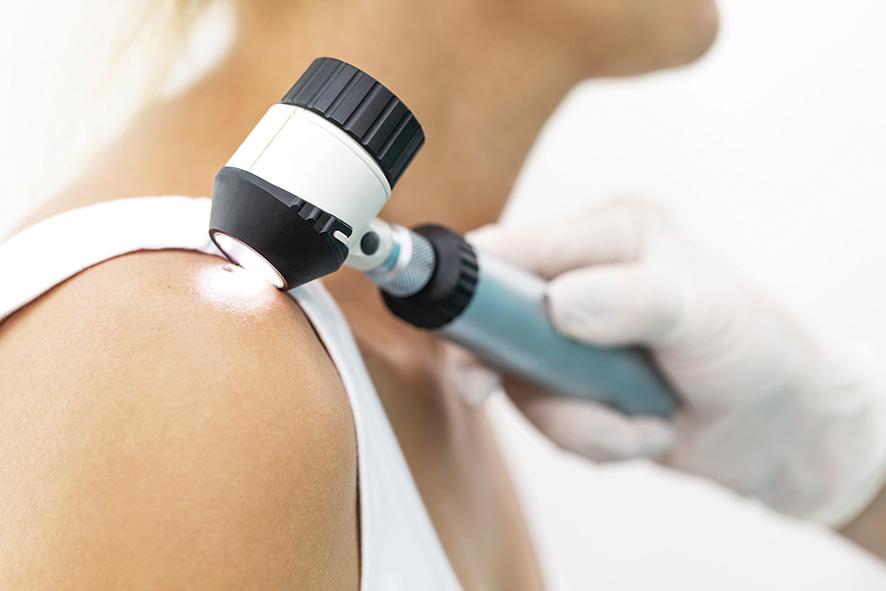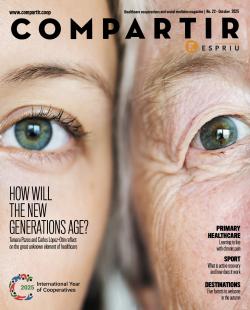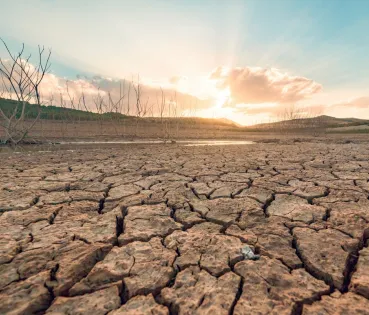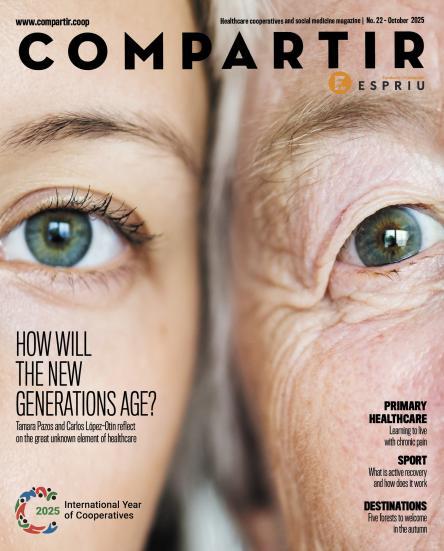
The future of our skin
Dermatologists currently have different digital tools that can be useful in their medical practices, helping to optimise time, to prevent mistakes or speed up communication.
Dermatology, as with many other medical specialisations, has evolved over the past 20 years. “We have new techniques, such as skin ultrasound scans, photodynamic therapy or important advances in digital dermatoscopy; and a broader therapeutic arsenal with new biological drugs in psoriasis, atopic dermatitis…,” explains Doctor Cristina Pérez, a dermatologist from the HLA Toledo Medical Centre. Additionally, the advances in surgery are significantly complete and now there is greater knowledge about the physiopathology of many skin diseases.
Teledermatology (TD), for example, represents one of the most common uses of tele-medicine, and in recent years, Spain has been one of the countries that have developed it most. But apps, wearables and other digital tools also stand out for offering the best aid for patients. For example: a patient who, thanks to the FotoSkin app (patient-orientated free app to allow a photographic self examination of moles to be carried out), visits their dermatologist about a mole that has recently appeared and this turns out to be an early phase melanoma. The patient was operated on thanks to the early diagnosis. The simple gesture of photographing and monitoring moles by patients themselves has been shown to be a very useful step for the early diagnosis of melanoma.
Likewise, laser techniques already play an important role in dermatological consultations. The experts predict that the future of this medical speciality involves implanting augmented reality or Artificial Intelligence (AI) in its processes. It is estimated that the market for augmented reality in health will reach 76,000 million dollars in 2030 or that the global market for AI will go from the current 1,300 million dollars to 10,000 million in 2024. “Artificial Intelligence will drive forward the diagnosis and therapy capacity of dermatologists in all areas,” according to Doctor Pérez. These advances will be very helpful in the early diagnosis of one of the great challenges of dermatology: eradicating skin cancer.
“The future of dermatology is promising,” the dermatologist from the Toledo HLA concludes, and “it has an exciting horizon” where new drugs, greater control of chronic diseases, new tools for diagnosis and treatments or technological advances will turn dermatology into an essential discipline for people’s health and well-being.




